
Samaritan’s Purse, a nondenominational Christian charity, operates a Douglas DC-8 Combi based in Greensboro, North Carolina. The DC-8 can be airborne within 24 hr. of being asked to provide aid. It has flown missions throughout the world, bringing a variety of supplies as well as mobile field hospitals to people in need. Palletized relief supplies are stored in a warehouse between Greensboro and the organization’s headquarters in Boone, North Carolina. The aircraft has a range of up to 7,000 nm.

The Samaritan’s Purse DC-8, powered by four CFM56-2 engines derated to 22,000 lb. of thrust, has 32 seats in its cabin as well as seats for one or two flight attendants. Passengers may include doctors, nurses, surgeons, engineers or logisticians, depending on the needs of the mission. Relief workers are hired on a contract basis. The cabin includes a galley with two ovens and two coffee makers and a single lavatory in the rear. The door on the left leads forward to the cargo compartment.

The DC-8’s cargo compartment can accommodate 10 standard “cookie sheet” pallets. Cargo may include sanitary supplies such as diapers, building materials and temporary shelter materials or medical supplies, depending on mission needs. The aircraft can carry 82,000 lb. of cargo. The DC-8 flew 18 back-to-back missions after Hurricane Dorian devastated the Bahamas. The aircraft also carried food for famine relief in Ethiopia in 2020.
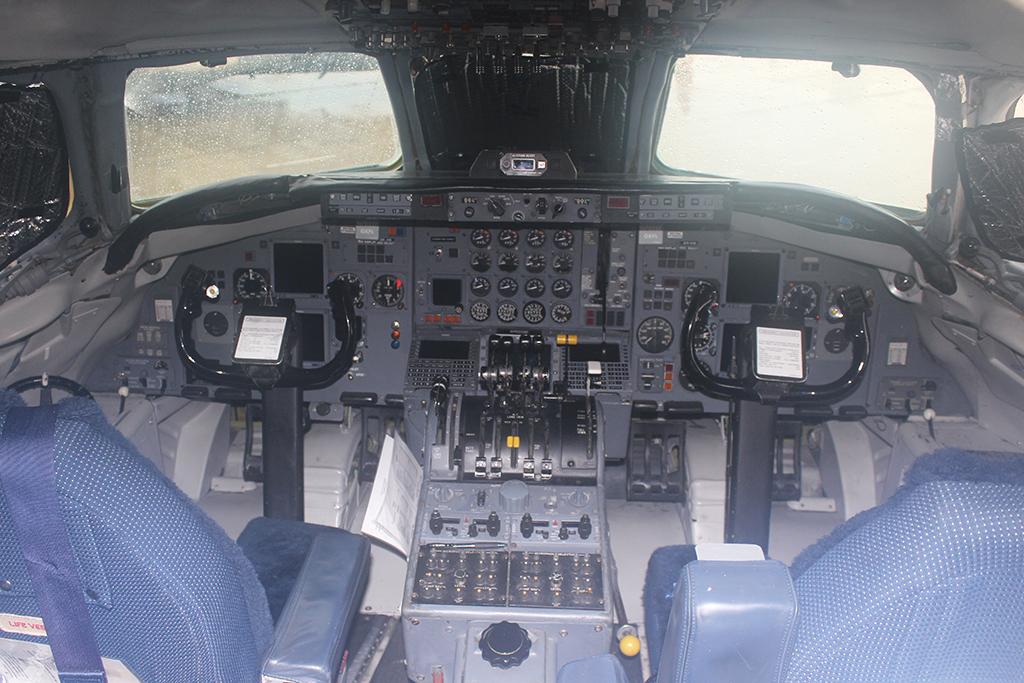
The Samaritan’s Purse DC-8 has a steam-gauge-style cockpit, but the avionics have been upgraded, allowing the aircraft to fly into any country in the world. The 501(c)(3) charity employs two full-time crews. “It’s nice to do something rewarding in life,” says Capt. George Kalbfleisch, who flew DC-8s for DHL for almost 26 years. The cockpit is equipped with an Aircraft Communication Addressing and Reporting System (ACARS), controller-pilot data link communications (CPDLC) and Universal UNS-1Fw flight management system.

On medical missions, the Samaritan’s Purse DC-8 can transport a tent-based field hospital that covers up to 1 acre. The care provided varies—orthopedic help is often needed after earthquakes, while missions to Northern Italy and New York’s Central Park early in the COVID-19 pandemic required setting up mobile intensive care units and ventilators. It also provided food for famine relief in Ethiopia and transported medical personnel to Beirut after a warehouse filled with fertilizer exploded on Aug. 4, 2020, rocking the city, killing at least 207 people and injuring 7,500. This demonstration tent includes the beds and equipment that would commonly be found in the field hospital.
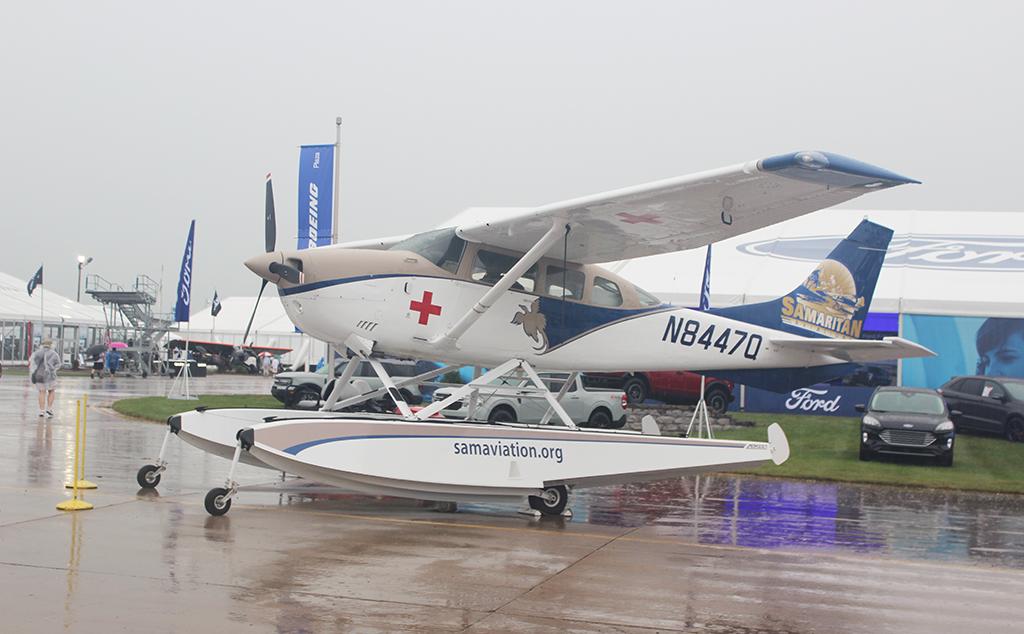
Samaritan Aviation is another Christian-based charity that provides medical evacuation services in Papua New Guinea. It is adding this Cessna 206G to the ones it already flies in the jungles along the Sepik River, an area with 500,000 people and a single hospital. The area has no connecting roads, so the traditional means of travel is by canoe in the river. The boat trip can take five days to reach a road that leads through mountains for a ride of several hours to a hospital. The 206G can make the trip from the most remote part of the East Sepik province to the hospital in 1 hr. 20 min.
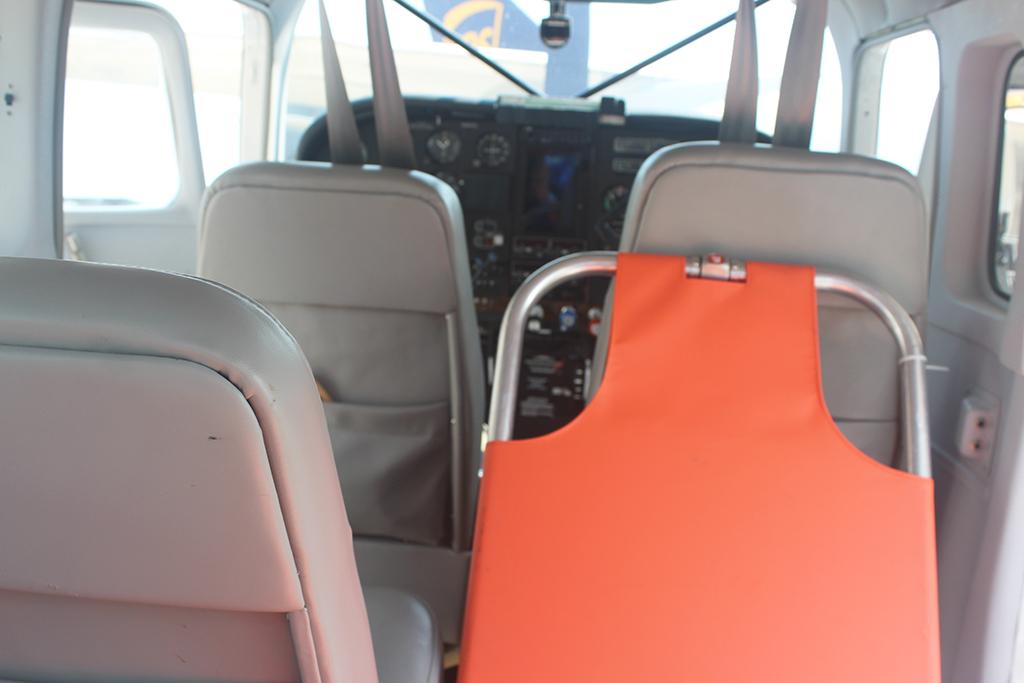
Samaritan Aviation’s newest 206G has two seats for the dual-control cockpit, a nurse’s station and a simple stretcher for the patient. There is also seating for one or two people at the rear of the cabin. The people who live in the East Sepik jungle are usually seriously ill before they call for help. Crews try to equip the aircraft with the medical equipment and supplies needed for a mission before they leave. For example, if a person is bitten by a death adder snake, which causes unconsciousness within 12-14 hr. and death in about a day, the crew will bring an antivenom kit and treat the patient with intravenous fluids. The aircraft are equipped with a front right door, which is not standard on the 206, so crews can more easily dock the aircraft after a water landing.

The Orbis Flying Eye Hospital has traveled to 97 countries to deliver sight-saving surgeries and ophthalmology training to middle- and low-income countries. In the past five years, it has been used to complete more than 19.5 million eye screenings and examinations, more than 260,000 trainings, and more than 350,000 eye surgeries and laser procedures.
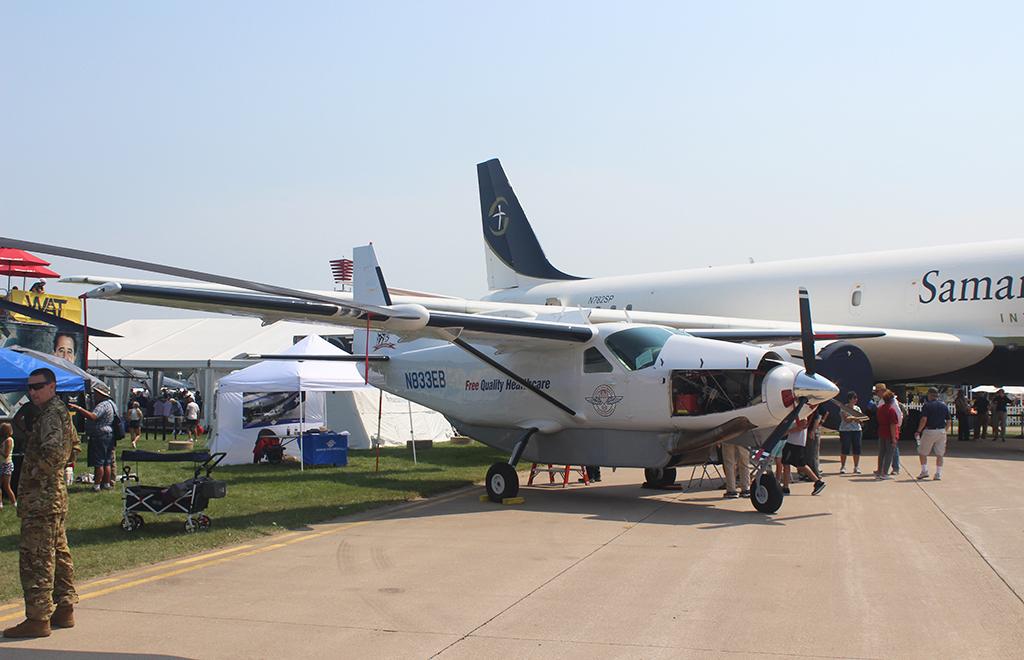
The Remote Area Medical Volunteer Corps provides free medical and dental clinics, mostly in the U.S. Normally, the organization is asked to provide services by a local church group or Rotary club. One of the most common services is providing vision clinics. The 501-C3 charity has a lab that can turn out 400 pairs of prescription glasses in a day and has served 70,000 people. It operates this Cessna 208 Caravan and two other Caravans. The organization relies almost entirely on volunteer pilots and medical personnel. It also has provided disaster release. It typically performs 70 missions per year.
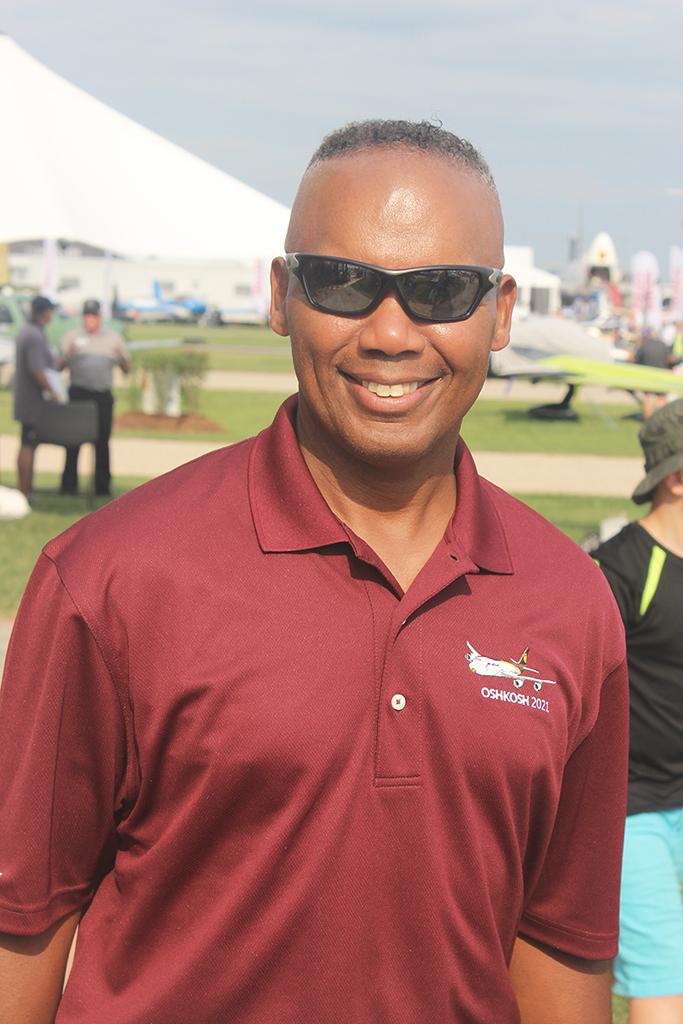
UPS 757/767 Capt. Houston Mills, the airline’s vice president of flight operations, commanded the flight carrying the first U.S. delivery of Pfizer’s COVID-19 vaccine on Dec. 13 from Lansing, Michigan, to the cargo airline’s hub in Louisville, Kentucky. UPS has delivered 450 million doses of the Pfizer, Moderna and Johnson & Johnson vaccines in nearly 100 countries. In the U.S. it has delivered 195 million doses.
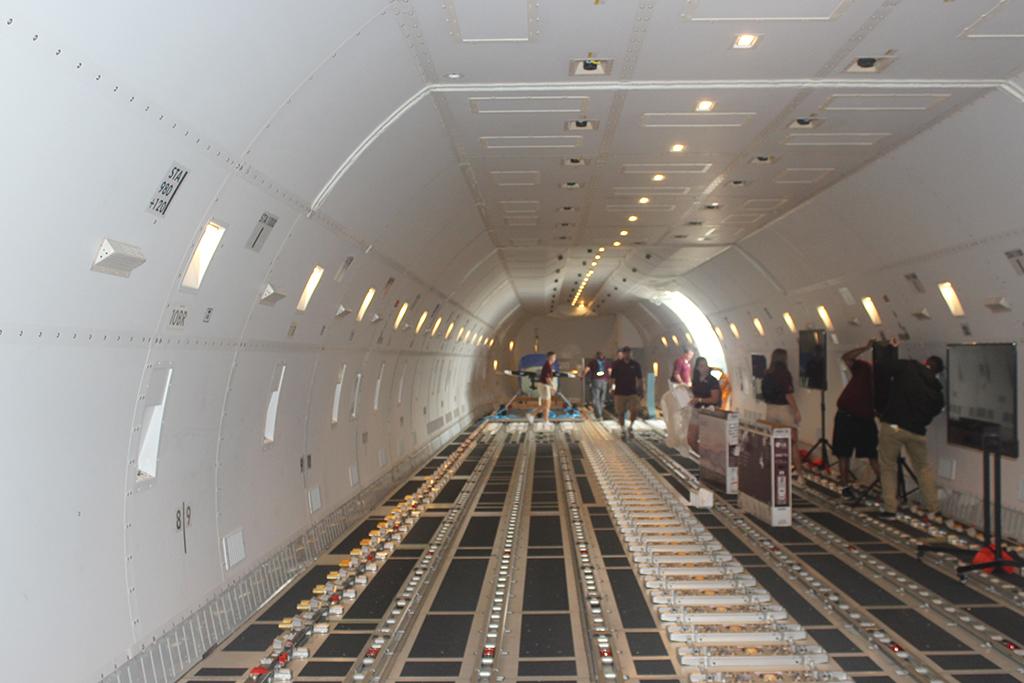
UPS’ newest Boeing 747-8F flew into Oshkosh on July 26. By year-end, UPS expects to deliver 3 billion doses of COVID-19 vaccines around the world, nearly all of them on time. The aircraft is 22 ft. longer than the 747-400 and 19% more fuel efficient.

UPS Capt. Chuck Parker (right) flew the Boeing 747-8F that landed in Oshkosh. UPS just took delivery of the aircraft in July 2021. His father, TWA Capt. (ret.) Charles Parker, also flew 747s. TWA pioneered the use of palletized cargo using 747s in the 1970s.

This Boeing C-17, operated by the U.S. Air Force Reserve from Pittsburgh, brought a new system that maintains negative pressure inside a container in the cargo transport. The system, called a negative pressure conex or NPC Lite, can accommodate up to 15 ambulatory patients or four more ill patients on litters plus two or three medical personnel. The larger NPC can carry 30 ambulatory patients.

Patients in the NPC Lite sit in seats mounted along the side of the unit. The NPC took 88 days from the initial idea until deployment, says Capt. Andrea Montgomery, a medical planner based at Scott AFB, Illinois. It was developed under a Joint Urgent Operation Need by U.S. Air Transportation Command. The NPCs have been deployed on 55 missions and carried 7,300 passengers from locations that include Ramstein AB, Germany, and Al Udid, Qatar. Fresh air is drawn from the C-17’s cabin, circulated through the unit and run through HEPA filters before being exhausted at the other end into the aircraft cabin. The seated mannequin is dressed in the suit that crews use for decontaminating the unit.
EAA AirVenture Oshkosh is highlighting humanitarian organizations and their aircraft that deliver medical relief and other forms of assistance this year as the COVID-19 pandemic and other disasters have given these efforts higher visibility.
Here is a look at some of the aircraft on the flight line from different organizations, large and small.
